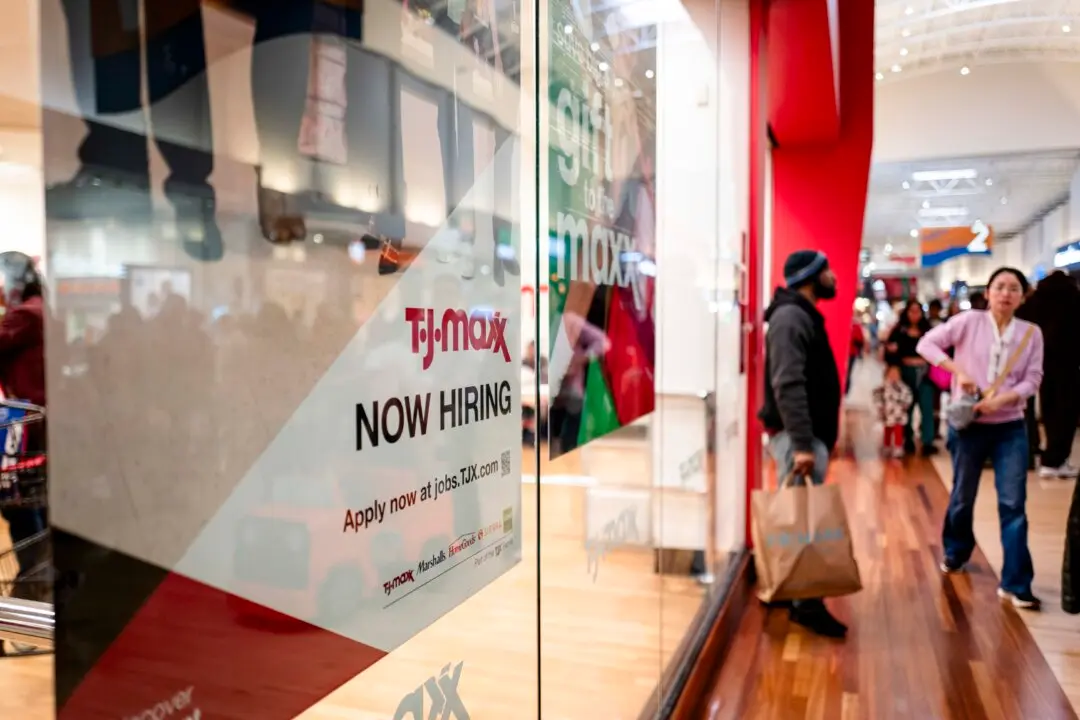Thousands of frustrated online brokerage users faced service disruptions amid a market selloff for the third consecutive trading session, according to data from the outage tracking website Downdetector.com.
At the start of the opening bell on the New York Stock Exchange (9:30 a.m. New York time) on Aug. 5, there were as many as 15,000 reports of outages on the Charles Schwab platform. In addition, Fidelity, TD Ameritrade, and Vanguard experienced 1,750 to 3,600 users reporting disruptions at the peak of the downtime.





